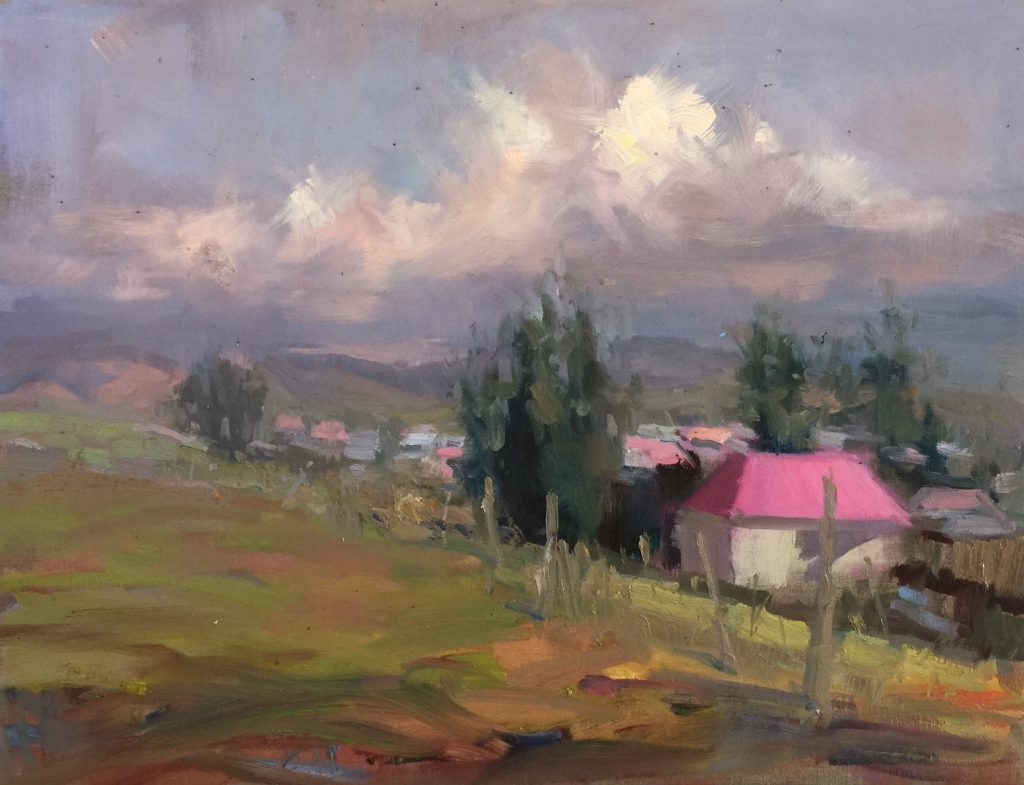
(Get free painting tips and plein air painting techniques sent straight to your inbox or on my social media.)
Discover the vibrant and versatile world of painting in acrylics in our article, ‘Unlocking the Colorful World of Acrylic Painting for Beginners’.
Whether you’re a seasoned artist or a beginner, painting in acrylics offer endless possibilities for creative expression. With their quick-drying nature and ability to be layered, blended, and manipulated, acrylic paints allow artists to achieve a wide range of effects and styles.
In this article, we’ll delve into the various techniques, tips, and tools relating to painting in acrylics for beginners that will help you elevate your acrylic artworks to new heights. From mastering the basics of color mixing and understanding the properties of acrylic paints to exploring textured painting techniques and creating stunning abstract art, we’ll guide you through the exciting journey of painting with acrylics.
Join us as we unlock the secrets of this dynamic medium, learn from experienced artists, and discover the joy of bringing your imagination to life by painting in acrylics. Get ready to unleash your creativity and embark on a colorful adventure into the captivating art of painting with acrylics.
What is acrylic paint?
Acrylic paint is a fast-drying paint, that becomes water resistant when dry. They are made of pigments suspended in acrylic polymer emulsion and plasticizers. Other things in acrylic paints include silicone oils, defoamers, stabilizers, or metal soaps. You mix water with them when painting.
Are acrylic paints easy to clean up?
One of the advantages of painting in acrylics for beginners, is that you do not need solvents. You can just clean up with soap and water.
What is the difference between acrylics and oils?
The basic difference is that oil paints are pigments suspended in an oil medium such as linseed oil, whereas acrylic paints are suspended in acrylic polymer emulsion. This makes acrylics a little easier to clean, as you can just use water.
Advantages of acrylic painting for beginners
Acrylic paints have gained immense popularity among artists for several reasons. One of the main advantages of using acrylics is their quick-drying nature. Unlike oil paints that can take days or even weeks to dry, acrylics dry rapidly, allowing artists to work at a faster pace. This property also enables layering and glazing techniques, as multiple layers can be added without waiting for extended drying times.
Another advantage of painting with acrylics is their versatility. Acrylics can be applied to various surfaces such as canvas, wood, paper, and even glass. They can also be diluted with water to create transparent washes or used undiluted for bold, opaque effects. The ability to achieve different textures and finishes, from smooth and glossy to thick and impasto, makes acrylics a favorite among artists.
Additionally, acrylic paints are known for their long-lasting durability. Once dry, acrylic artworks are resistant to fading, yellowing, and cracking, ensuring that your creations will stand the test of time. The wide range of colors available in acrylic paints, including metallics and iridescent shades, allows artists to explore their creativity and bring their visions to life with vibrant and captivating hues.
Essential supplies for acrylic painting for beginners
Before diving into the world of acrylic painting for beginners, it’s essential to have the right supplies. Here are some must-have items for your acrylic painting toolkit:
- Acrylic paints: Start with a basic set of primary colors, such as red, blue, and yellow, and gradually expand your collection to include a variety of shades. Opt for artist-quality paints for better pigmentation and color vibrancy.
- Paintbrushes: Invest in a range of brushes in different shapes and sizes, including flat, round, and filbert brushes. Synthetic brushes are ideal for acrylic painting as they are more durable and easier to clean than natural hair brushes.
- Palette: A palette with wells or a flat surface is essential for mixing and blending colors. You can choose between a traditional wooden palette or a disposable palette pad for convenience.
- Palette knife: A palette knife is useful for mixing paints, creating texture, and applying thick layers of paint. Experiment with different shapes and sizes to achieve various effects.
- Canvas or painting surface: Choose a canvas or painting surface suitable for acrylic painting. Stretched canvas, canvas boards, and acrylic paper are popular choices. Consider the size and shape that best fits your artistic vision.
- Easel: An easel provides a stable platform for your artwork and allows you to work comfortably. Choose between a tabletop easel, a standing easel, or a wall-mounted easel, depending on your preference and space limitations.
Remember to keep your workspace clean and organized, with water containers for rinsing brushes and paper towels for blotting excess paint. Having these essential supplies will ensure a smooth and enjoyable acrylic painting experience.
Choosing Acrylic Paints
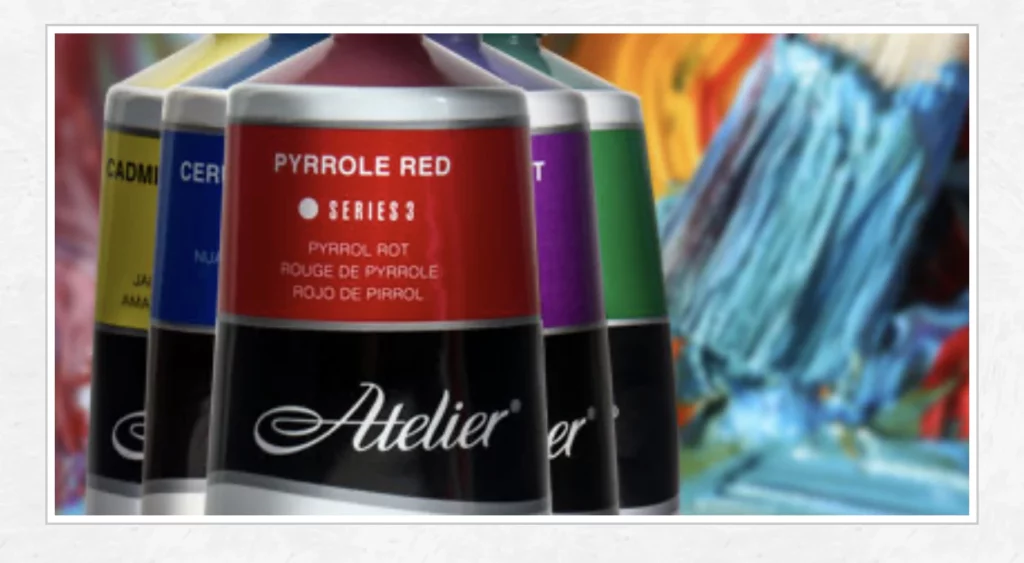
One recommended acrylics paint brand is Atelier Interactive: http://atelieracrylic.com/ It is an Australian brand but can be found in other countries too.
The main thing with this paint is that it can be ‘reopened’ with both water and their ‘unlocking’ mediums. This means that you can keep your paints on your (airtight) palette for as long as you want, and can keep coming back and use them again.
If they start to dry out you just need to spray them with water and a medium mix and they are good to go. The paint can also be ‘reopened’ on the canvas/paper just like gouache. If however you want a layer of paint eg your background to be ‘locked’ and behave like normal acrylics after it is dry, just use a medium that creates an impenetrable layer, and then the paint underneath will not move around when painted over.
Golden acrylics is another good brand.
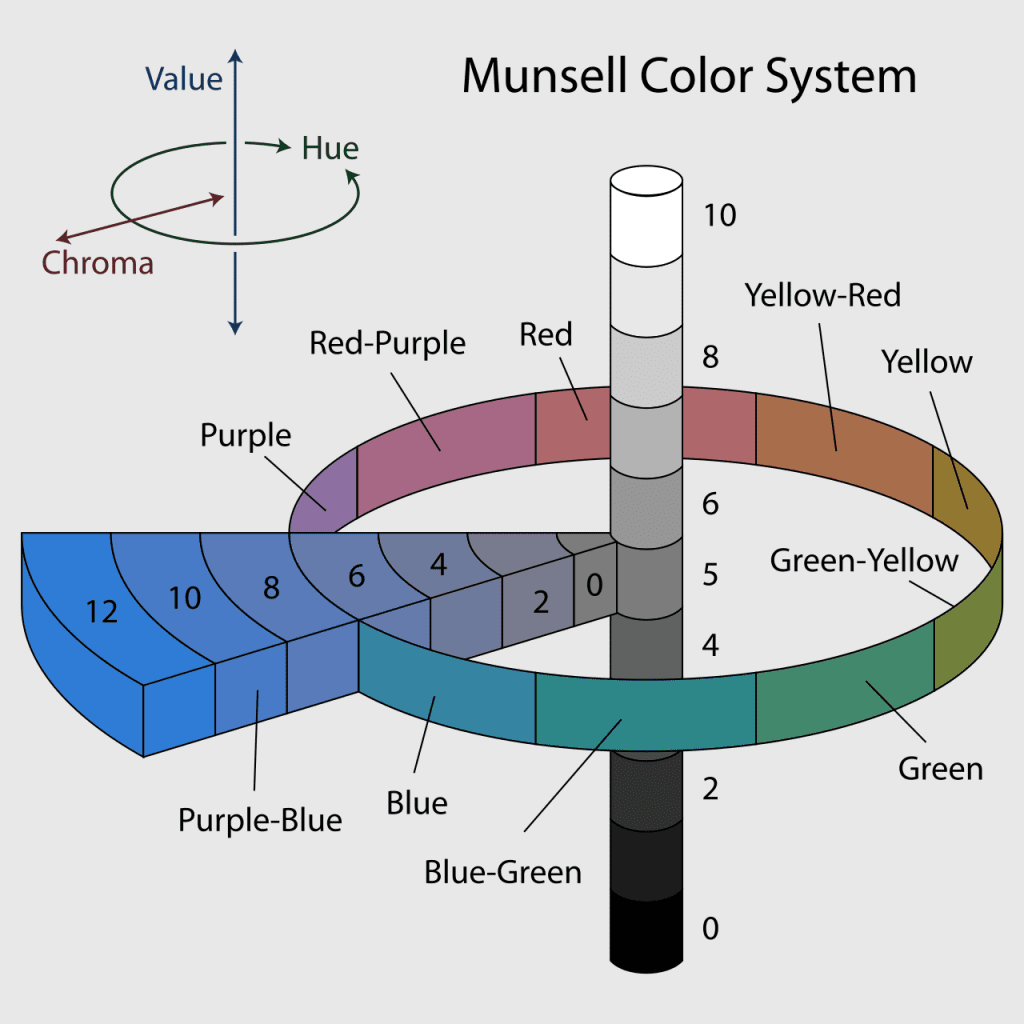
Here is the munsell color notation for their pigments: https://education.goldenpaints.com/technicalinfo_munsell
Choosing the right canvas for painting in acrylics for beginners
The choice of canvas or painting surface plays a crucial role when painting in acrylics. Here are some factors to consider when selecting the right canvas for your acrylic painting:
- Canvas type: Stretched canvas, canvas boards, and acrylic paper are the most common options for acrylic painting. Stretched canvas provides a professional and ready-to-hang finish, while canvas boards offer a sturdy and portable alternative. Acrylic paper is ideal for practicing, studies, and creating smaller artworks.
- Canvas texture: Consider the texture of the canvas surface, which can range from smooth to heavily textured. A smooth canvas is suitable for detailed work and precise brushstrokes, while a textured canvas adds depth and interest to your paintings.
- Canvas weight: The weight of the canvas refers to its thickness and sturdiness. A heavier canvas, such as a 10-ounce or 12-ounce canvas, is more durable and less likely to warp or sag. Lighter canvases, such as 6-ounce or 8-ounce canvases, are suitable for smaller artworks or studies.
- Canvas size: Choose a canvas size that complements your artistic vision. Consider the dimensions of your workspace, the subject you plan to paint, and whether you want a small, intimate piece or a larger, statement artwork. Experiment with different sizes to find what works best for you.
When selecting a canvas, it’s important to consider your artistic goals and preferences. Don’t be afraid to try different options and experiment with various surfaces to find the perfect canvas for your acrylic paintings.
Acrylic Painting for beginners: techniques and styles
Painting in acrylics offer a wide range of techniques and styles for artists to explore. Here are some popular techniques and styles commonly used in acrylic painting:
- Color mixing: Understanding color theory and mastering color mixing is essential for creating harmonious and vibrant acrylic artworks. Experiment with primary colors and learn how to create secondary and tertiary colors through mixing. Explore the use of complementary colors, warm and cool tones, and color schemes to add depth and interest to your paintings.
- Layering and glazing: Acrylic paints can be layered to create depth and add dimension to your artwork. Start with a base layer and gradually build up additional layers, allowing each layer to dry before adding the next. Glazing involves applying transparent layers of color on top of dried layers, creating a luminous and translucent effect.
- Impasto: Impasto is a technique that involves applying thick layers of paint to create texture and three-dimensional effects. Use a palette knife or a brush with stiff bristles to apply the paint in bold strokes, creating texture and adding visual interest to your artwork.
- Wet-on-wet: This technique involves applying wet paint onto a wet surface, allowing the colors to blend and mix directly on the canvas. Wet-on-wet painting is great for creating soft transitions and blending colors seamlessly.
- Dry brushing: Dry brushing is a technique where a small amount of paint is applied to a dry brush, and then lightly dragged over the surface. This technique creates a textured and scratched effect, ideal for capturing details and adding highlights.
- Pouring and dripping: Acrylic pouring involves mixing acrylic paint with pouring medium and pouring it onto the canvas, allowing the colors to blend and flow freely. Dripping involves applying paint directly from the tube or brush onto the canvas, creating spontaneous and abstract patterns.
Experiment with these techniques and explore different styles, such as realism, abstract, impressionism, or surrealism, to find your unique artistic voice. Remember, acrylic paints are incredibly versatile and forgiving, allowing you to experiment, make corrections, and push the boundaries of your creativity.
Tips for acrylic painting for beginners
If you’re new to painting in acrylics, here are some helpful tips to get you started on your acrylic journey:
- Start with a limited color palette: Begin with a basic set of primary colors and gradually expand your collection. This approach will help you understand color mixing and create harmonious artworks.
- Practice color mixing and blending: Spend time experimenting with different color combinations and blending techniques. Understanding how colors interact will enhance your ability to create vibrant and realistic artworks.
- Work in layers: Acrylic paints dry quickly, so it’s important to work in layers, allowing each layer to dry before adding the next. This technique will prevent colors from blending unintentionally and give your artwork depth and dimension.
- Use a variety of brushes: Invest in a range of brushes in different shapes and sizes. Experiment with different brush strokes and techniques to achieve a variety of effects and textures.
- Don’t be afraid to make mistakes: Acrylic paints are forgiving and can be easily corrected or painted over. Embrace mistakes as opportunities for learning and experimentation.
- Take breaks and step back: It’s easy to get caught up in the details. Take breaks and step back from your artwork to gain a fresh perspective. This will help you identify areas that need adjustment or improvement.
- Practice regularly: Like any skill, practice is essential for improvement. Set aside regular time for painting and explore different subjects and styles to develop your artistic voice.
Remember, acrylic painting is a journey of exploration and self-expression. Embrace the process, have fun, and allow yourself to experiment and grow as an artist.
Painting in acrylics tutorials and resources
To further enhance your skills in painting in acrylics, there are countless tutorials and resources available online. Here are some recommended sources to explore:
- Online video tutorials: Platforms like YouTube offer a wealth of free acrylic painting tutorials. Search for artists specializing in acrylics and follow along with their step-by-step instructions.
- Art communities and forums: Join art communities and forums to connect with fellow artists, seek advice, and share your artworks. These platforms often have dedicated sections for acrylic painting, where you can find tutorials, critiques, and inspiration.
- Art books and magazines: Invest in art books and magazines that focus on acrylic painting techniques and inspiration. These resources often provide in-depth tutorials, artist interviews, and beautiful visuals to spark your creativity.
- Art workshops and classes: Consider attending local art workshops or enrolling in online classes to learn from experienced artists. These interactive sessions allow for hands-on learning and personalized feedback.
- Museums and galleries: Visit museums and galleries to study famous acrylic paintings and gain inspiration from established artists. Analyze brushwork, color choices, and composition to deepen your understanding of acrylic painting techniques.
Remember, learning is a continuous process, and there is always room for growth and improvement. Explore different resources, experiment with techniques, and never stop expanding your artistic horizons.
Famous acrylic paintings and artists
Acrylic paints have been embraced by numerous talented artists, resulting in stunning and influential artworks. Here are a few famous artists who were painting in acrylics:
- “Campbell’s Soup Cans” by Andy Warhol: This iconic series by Andy Warhol, created using acrylic paints, is a symbol of pop art. The repetition of the Campbell’s Soup can images challenged traditional notions of art and consumerism.
- “Woman III” by Willem de Kooning: This abstract expressionist masterpiece showcases de Kooning’s bold brushwork and vibrant use of color. The use of acrylic paints allowed de Kooning to work quickly and build up layers of paint.
- “No Woman, No Cry” by Chris Ofili: Ofili’s mixed-media artwork, featuring a portrait of Doreen Lawrence, the mother of murdered teenager Stephen Lawrence, incorporates acrylic paint, resin, and elephant dung. This controversial piece won the Turner Prize in 1998.
- “Blue Poles” by Jackson Pollock: Pollock’s famous drip painting, created using acrylic paints, showcases his unique style of action painting. The energetic and chaotic composition became an iconic example of abstract expressionism.
These are just a few examples of how acrylic paints have been used by renowned artists to create influential and groundbreaking artworks. Explore the works of these artists and discover their techniques and approaches to acrylic painting.
Virtual Art Academy student work
Here are some painting in acrylics artwork, completed by students in the Virtual Art Academy online campus for the lesson assignments.
Selling and promoting your acrylic artwork
Once you have honed your skills and created a collection of acrylic artworks, you may want to consider selling and promoting your art. Here are some tips to get started:
- Build an online presence: Create a website or online portfolio to showcase your artwork. Include high-quality images, artist statements, and information about your creative process. Utilize social media platforms to share your art and engage with potential buyers.
- Participate in art exhibitions and events: Look for local art exhibitions, galleries, and art fairs where you can display and sell your artwork. Participating in these events exposes your art to a wider audience and allows for networking with fellow artists and art enthusiasts.
- Collaborate with other artists: Collaborations with other artists can help expand your reach and expose your artwork to new audiences. Consider joint exhibitions, art projects, or online collaborations to create a buzz around your work.
- Promote your art through online marketplaces: Join online art marketplaces and platforms that connect artists with buyers. These platforms provide a convenient way to sell your artwork and reach a global audience.
- Network and connect with art professionals: Attend art events, join artist communities, and connect with art professionals such as gallery owners, curators, and art consultants. Building relationships in the art world can lead to exhibition opportunities and collaborations.
Remember, selling and promoting your artwork requires persistence and dedication. Stay true to your artistic vision, embrace opportunities for growth, and don’t be discouraged by rejection. With perseverance and the right strategies, you can establish yourself as a successful acrylic artist.
Conclusion: Embrace the versatility of painting in acrylics
Congratulations! You’ve embarked on a colorful adventure into the captivating world of painting in acrylics. From the advantages of using acrylic paints to essential supplies, techniques, and styles, you now have the tools and knowledge to unlock the full potential of this versatile medium.
Remember, painting in acrylics is a journey of self-discovery and creative expression. Embrace the process, experiment with techniques, and allow your imagination to soar. With practice, patience, and a dash of inspiration, you’ll create captivating artworks that reflect your unique vision and artistic voice.
Now, grab your brushes, squeeze out some vibrant acrylic paints, and let the magic begin. Unleash your creativity and paint the world with the vibrant colors of your imagination. Happy painting!
For more information: see acrylic paints in Wikipedia
Thank You
Thank you for taking the time to read this article. I hope you find it useful. If you would like to get free painting tips by email, please sign up for my free tips newsletter.
If you are interested in a structured approach for learning how to paint, take a look at my online painting classes.
Happy painting!
Barry John Raybould
Virtual Art Academy
What The Students Are Saying
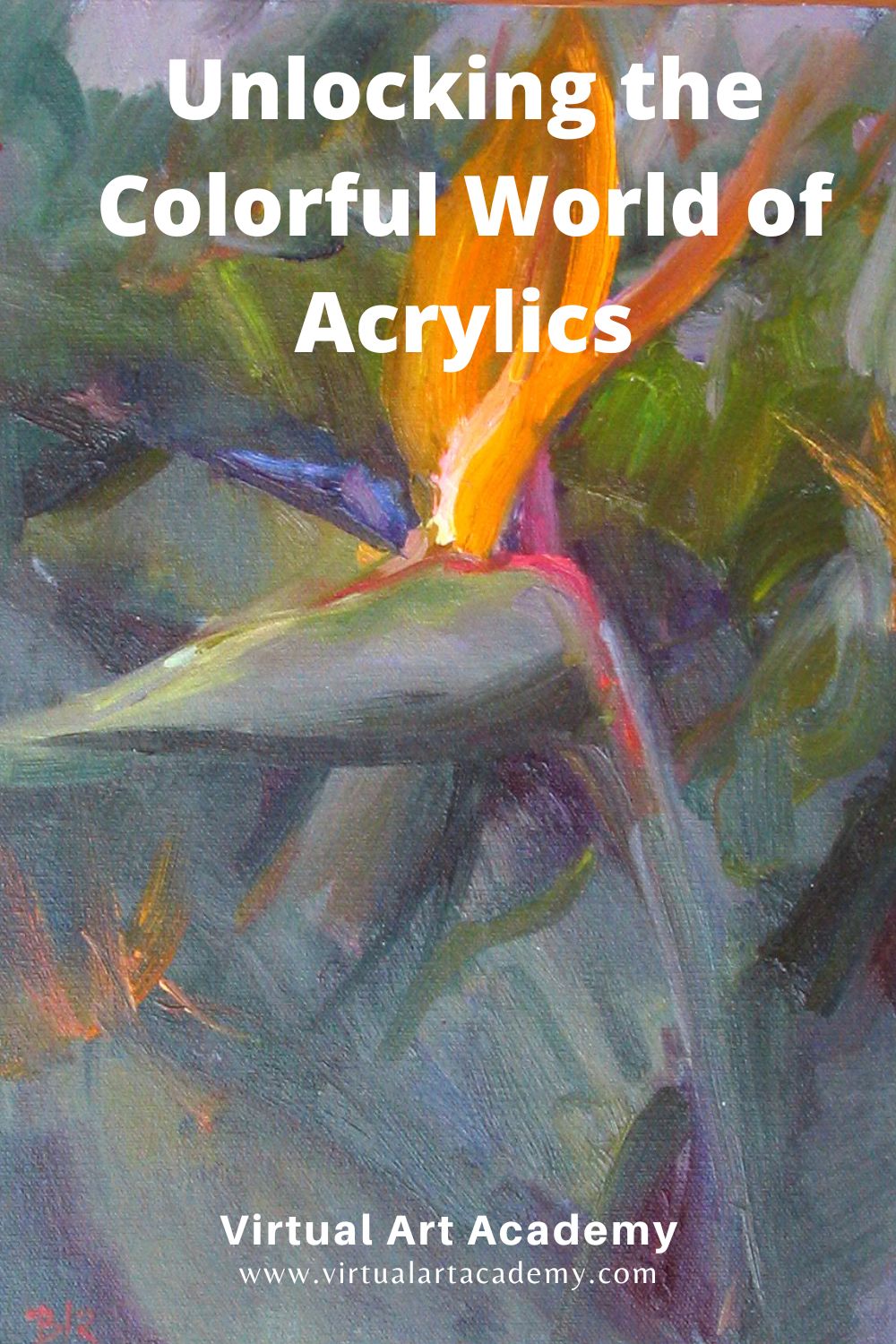
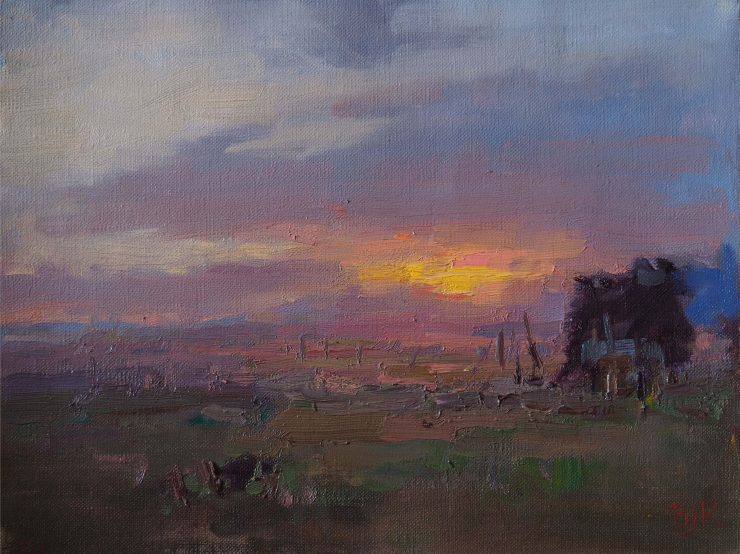
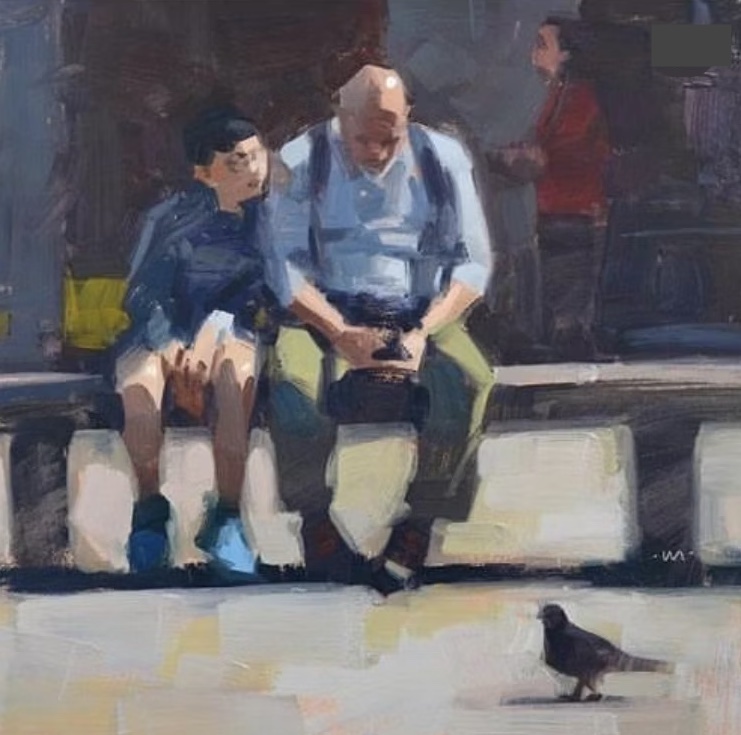
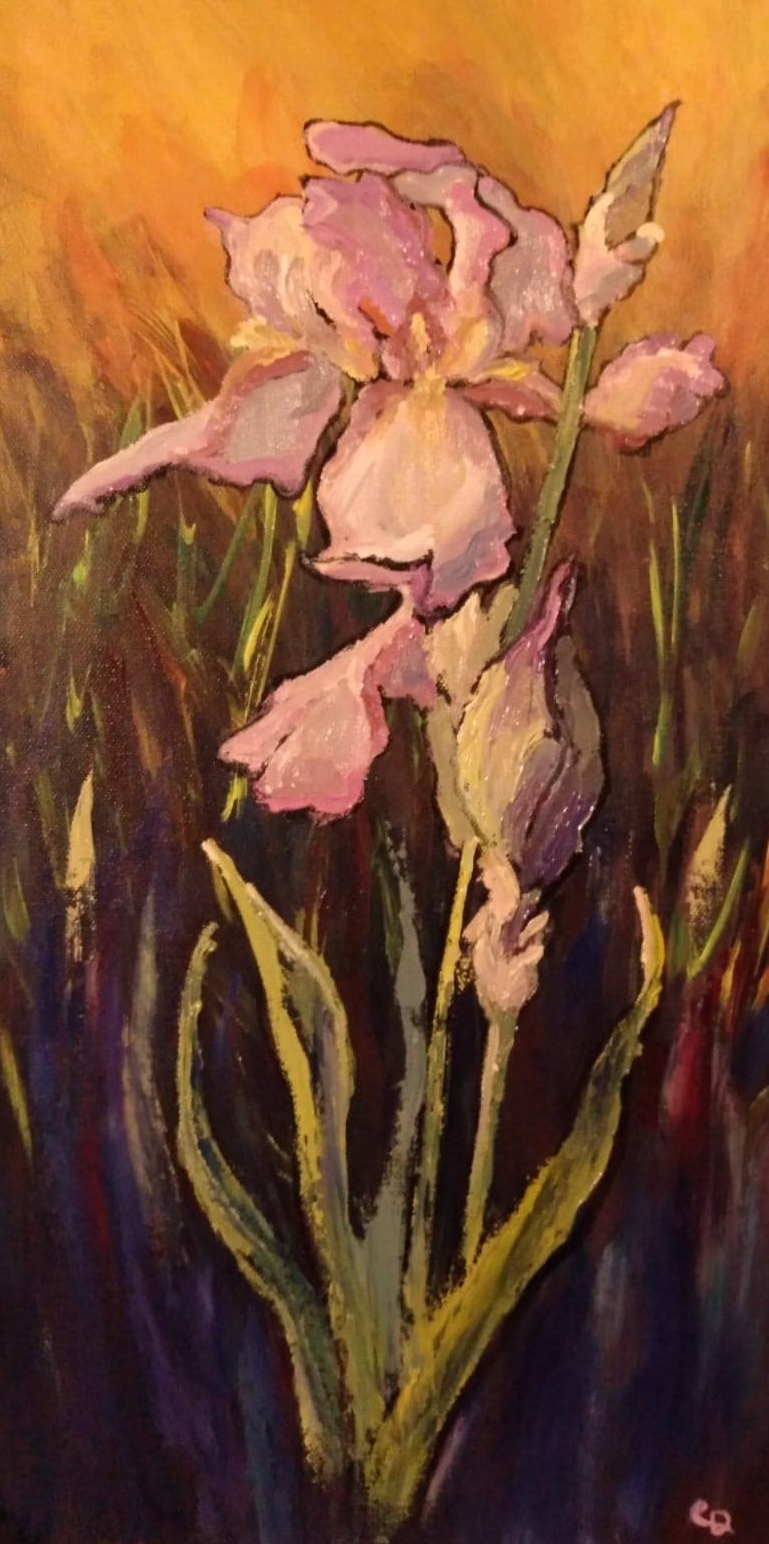
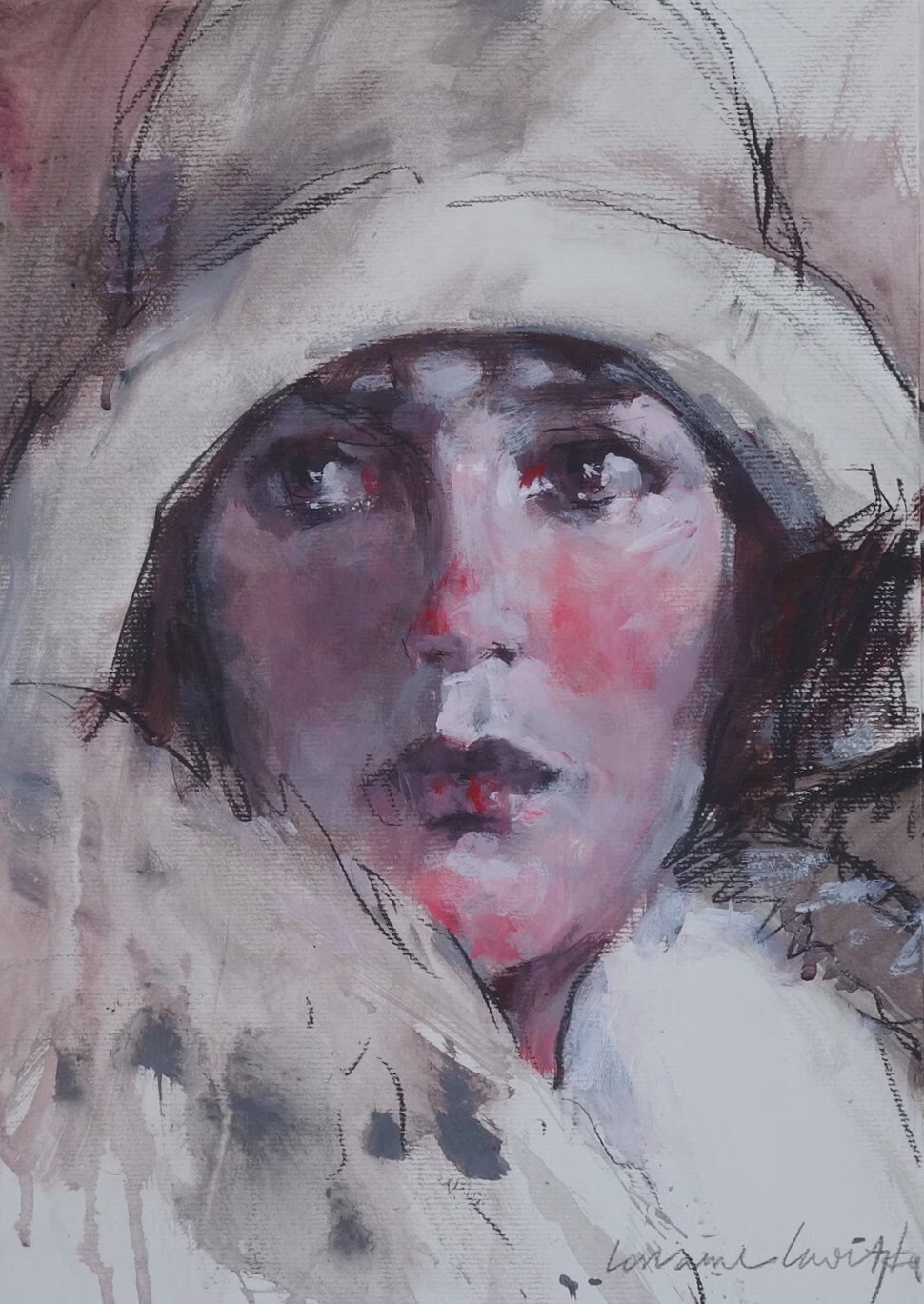
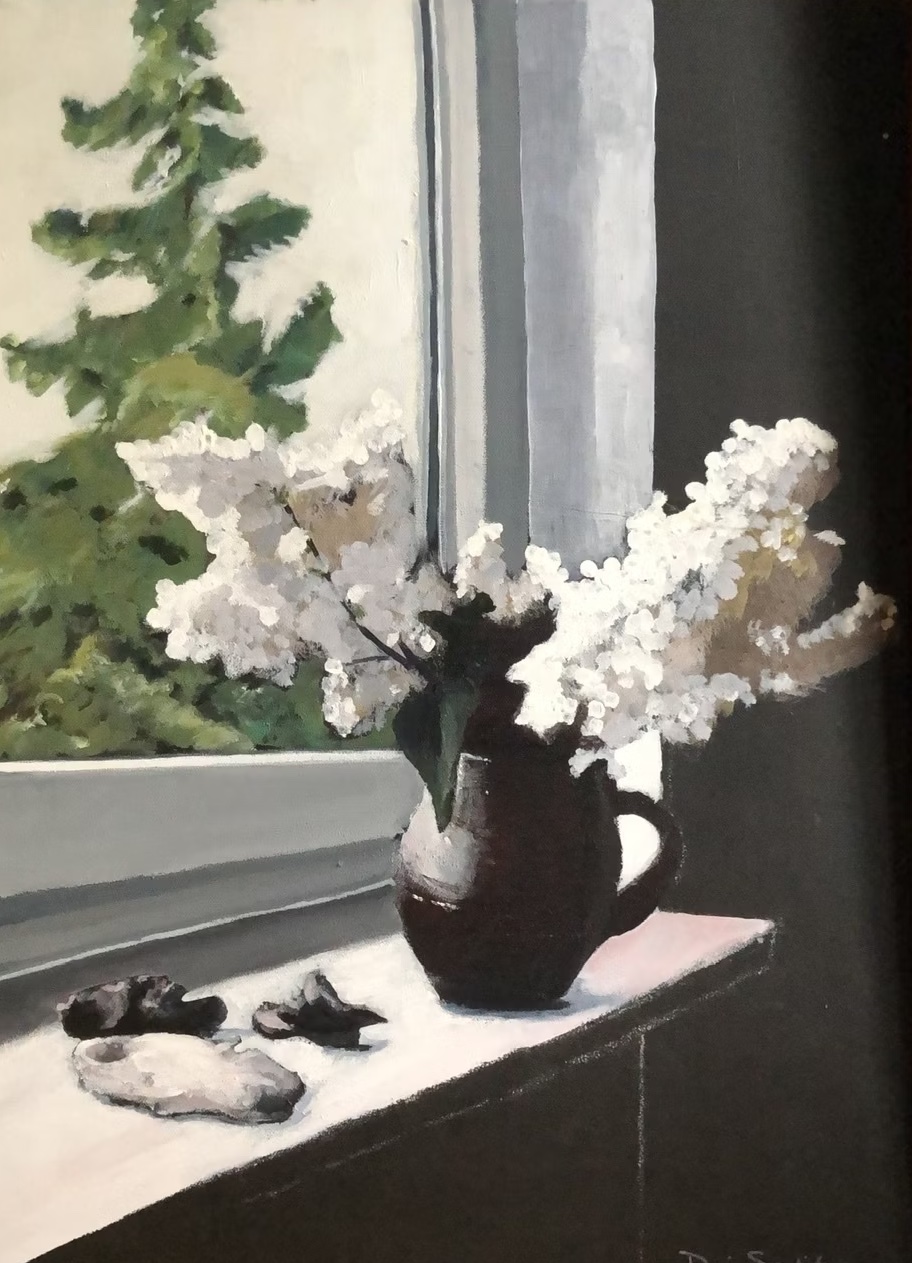
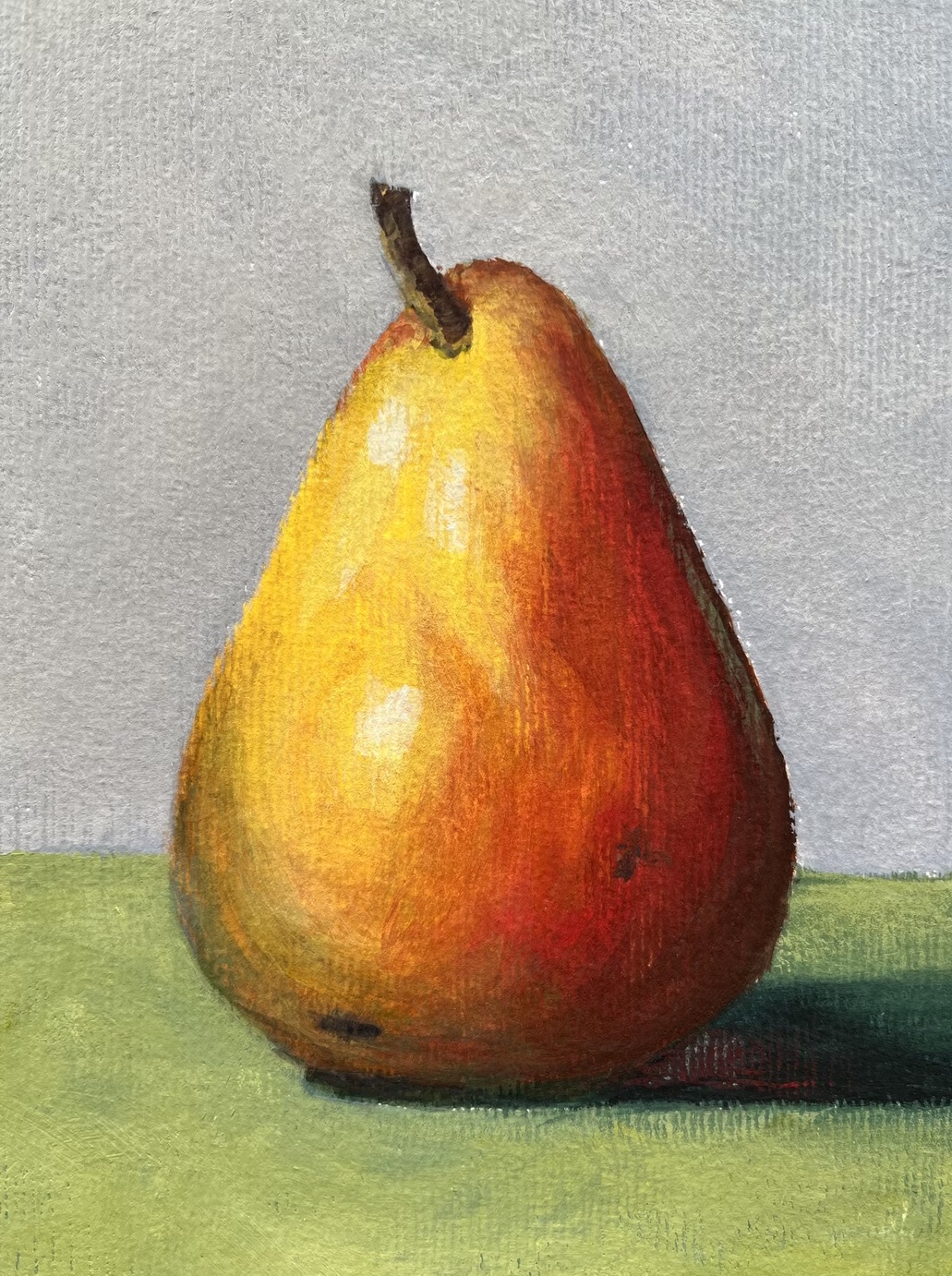
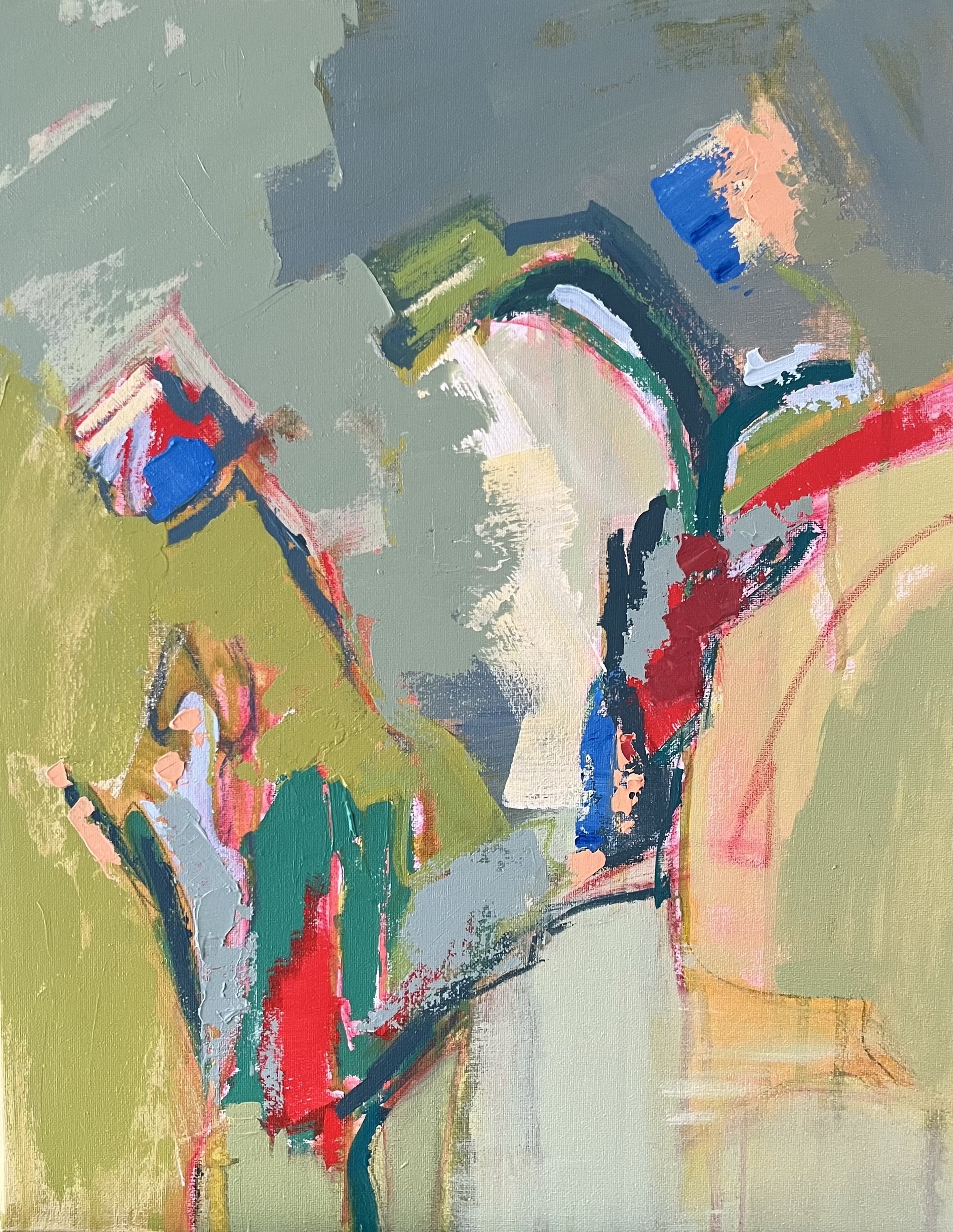
















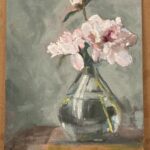







Add comment